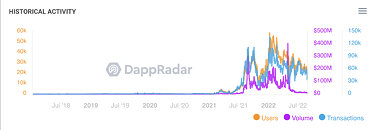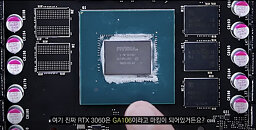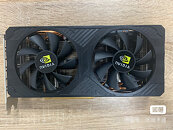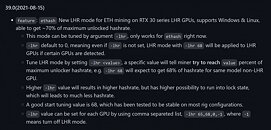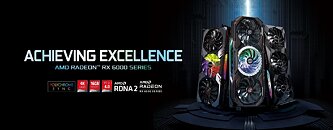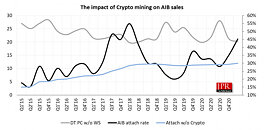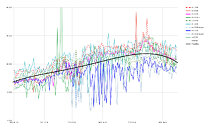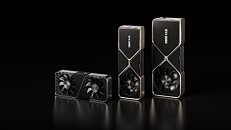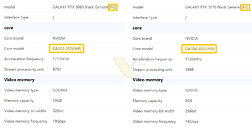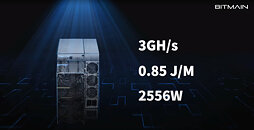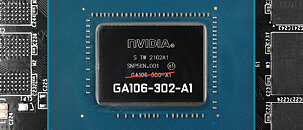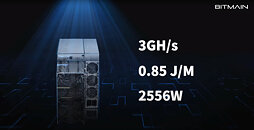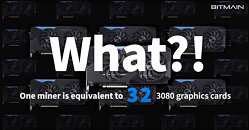
NVIDIA Ramps Up Battle Against Makers of Unlicensed GeForce Cards
NVIDIA is stepping up to manufacturers of counterfeit graphics card in China according to an article published by MyDrivers - the hardware giant is partnering up with a number of the nation's major e-commerce companies in order to eliminate inventories of bogus GPUs. It is claimed that these online retail platforms, including JD.com and Douyin, are partway into removing a swathe of dodgy stock from their listings. NVIDIA is seeking to disassociate itself from the pool of unlicensed hardware and the brands responsible for flooding the domestic and foreign markets with so-called fake graphics cards. The company is reputed to be puzzled about the murky origins of this bootlegging of their patented designs.
The market became saturated with fake hardware during the Ethereum mining boom - little known cottage companies such as 51RSIC, Corn, Bingying and JieShuoMllse were pushing rebadged cheap OEM cards to domestic e-tail sites. The knock-off GPUs also crept outside of that sector, and import listings started to appear on international platforms including Ebay, AliExpress, Amazon and Newegg. NVIDIA is also fighting to stop the sale of refurbished cards - these are very likely to have been utilized in intensive cryptocurrency mining activities. A flood of these hit the market following an extreme downturn in crypto mining efforts, and many enthusiast communities have warned against acquiring pre-owned cards due to the high risk of component failure.
The market became saturated with fake hardware during the Ethereum mining boom - little known cottage companies such as 51RSIC, Corn, Bingying and JieShuoMllse were pushing rebadged cheap OEM cards to domestic e-tail sites. The knock-off GPUs also crept outside of that sector, and import listings started to appear on international platforms including Ebay, AliExpress, Amazon and Newegg. NVIDIA is also fighting to stop the sale of refurbished cards - these are very likely to have been utilized in intensive cryptocurrency mining activities. A flood of these hit the market following an extreme downturn in crypto mining efforts, and many enthusiast communities have warned against acquiring pre-owned cards due to the high risk of component failure.







